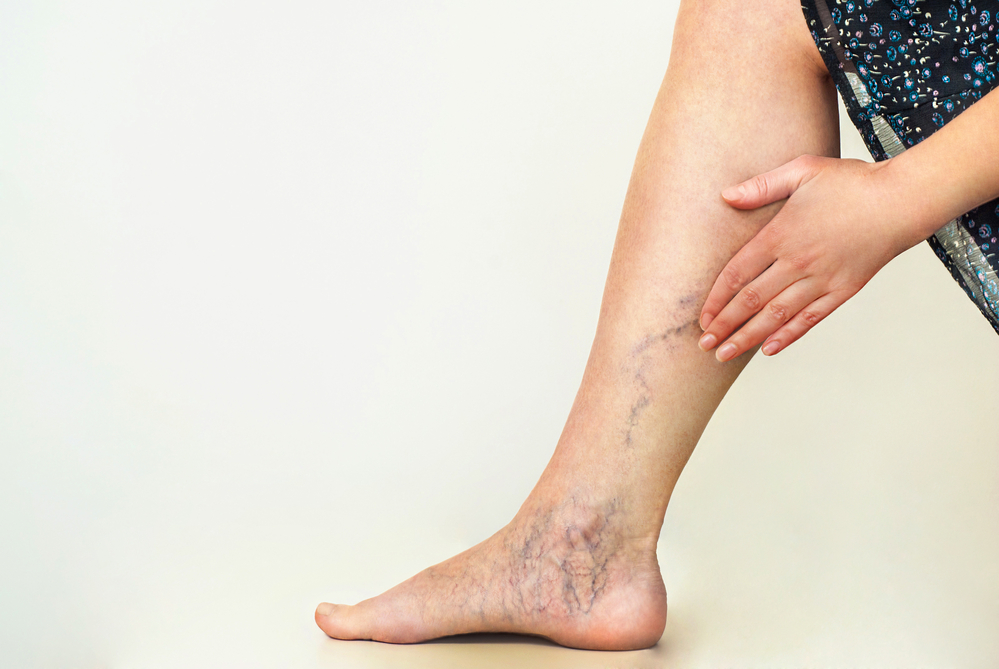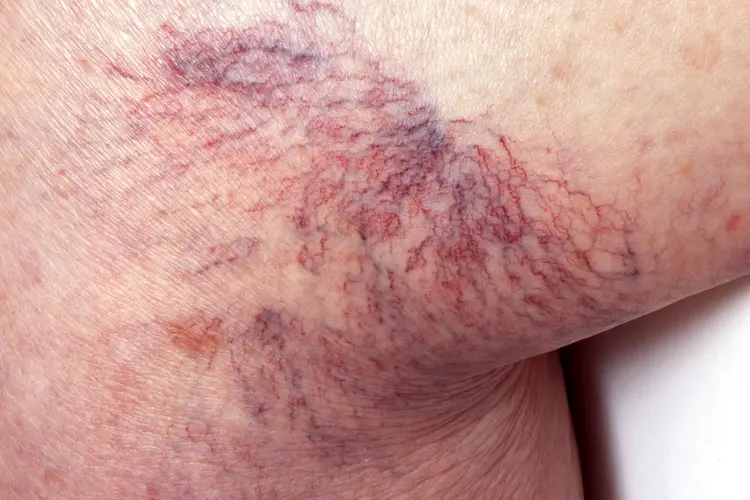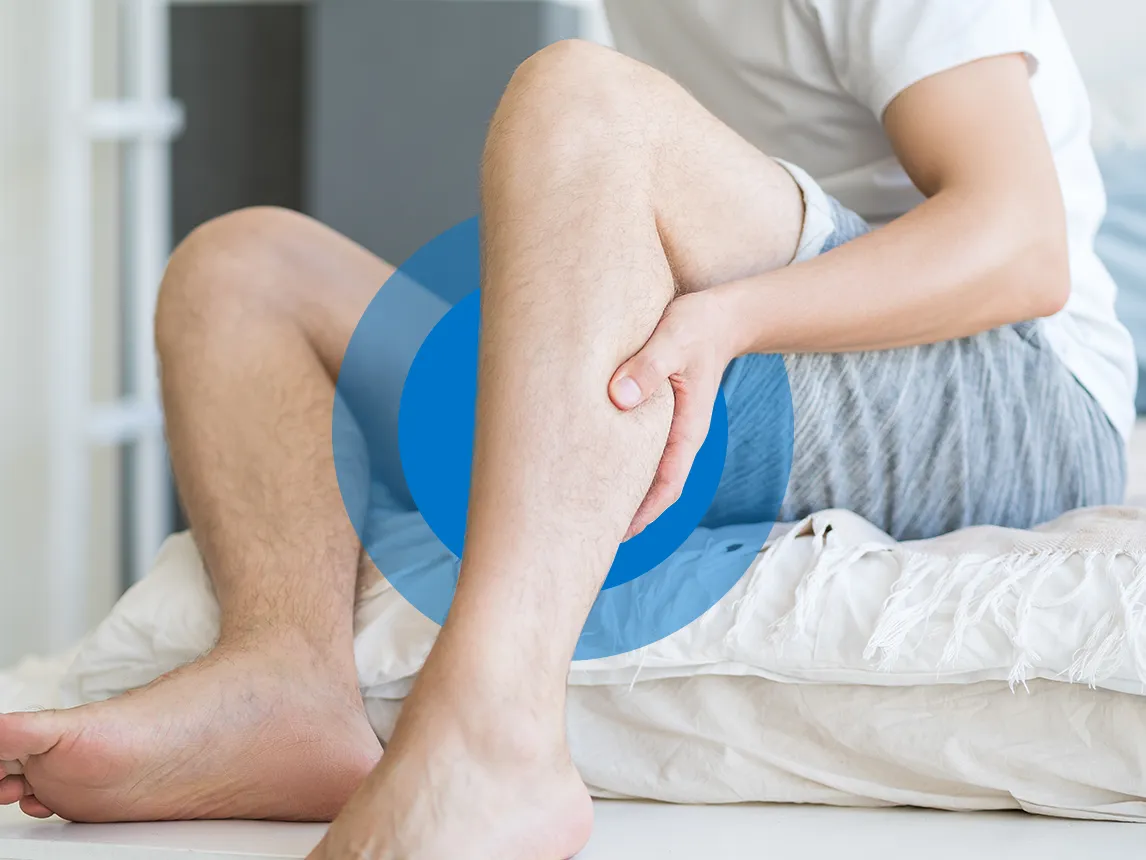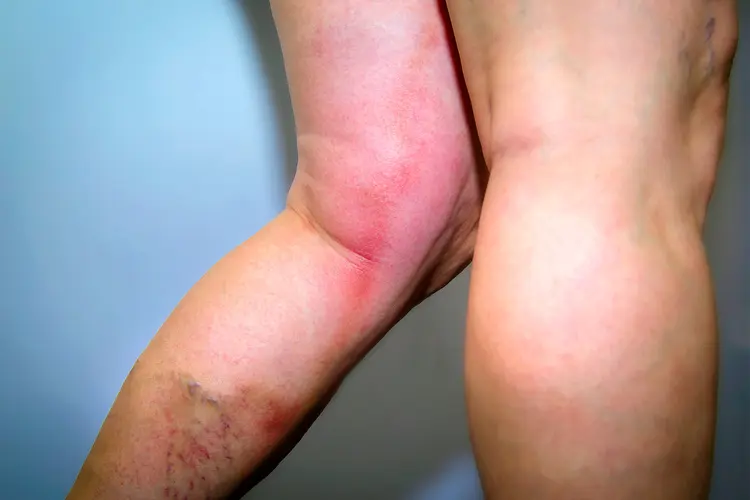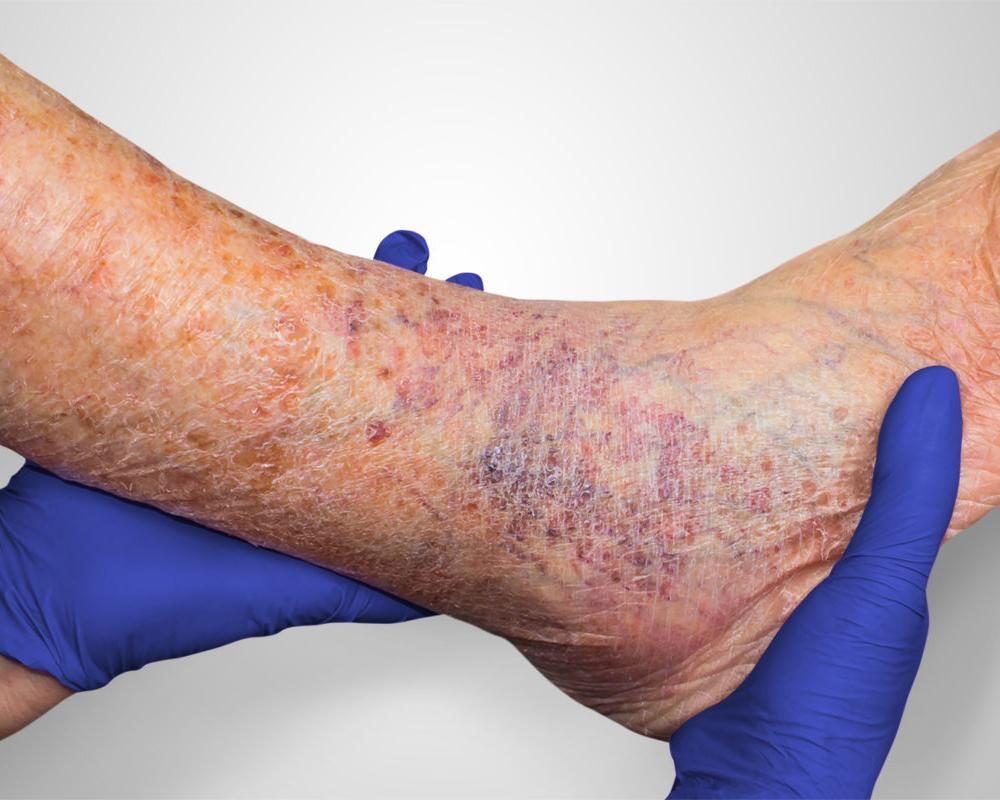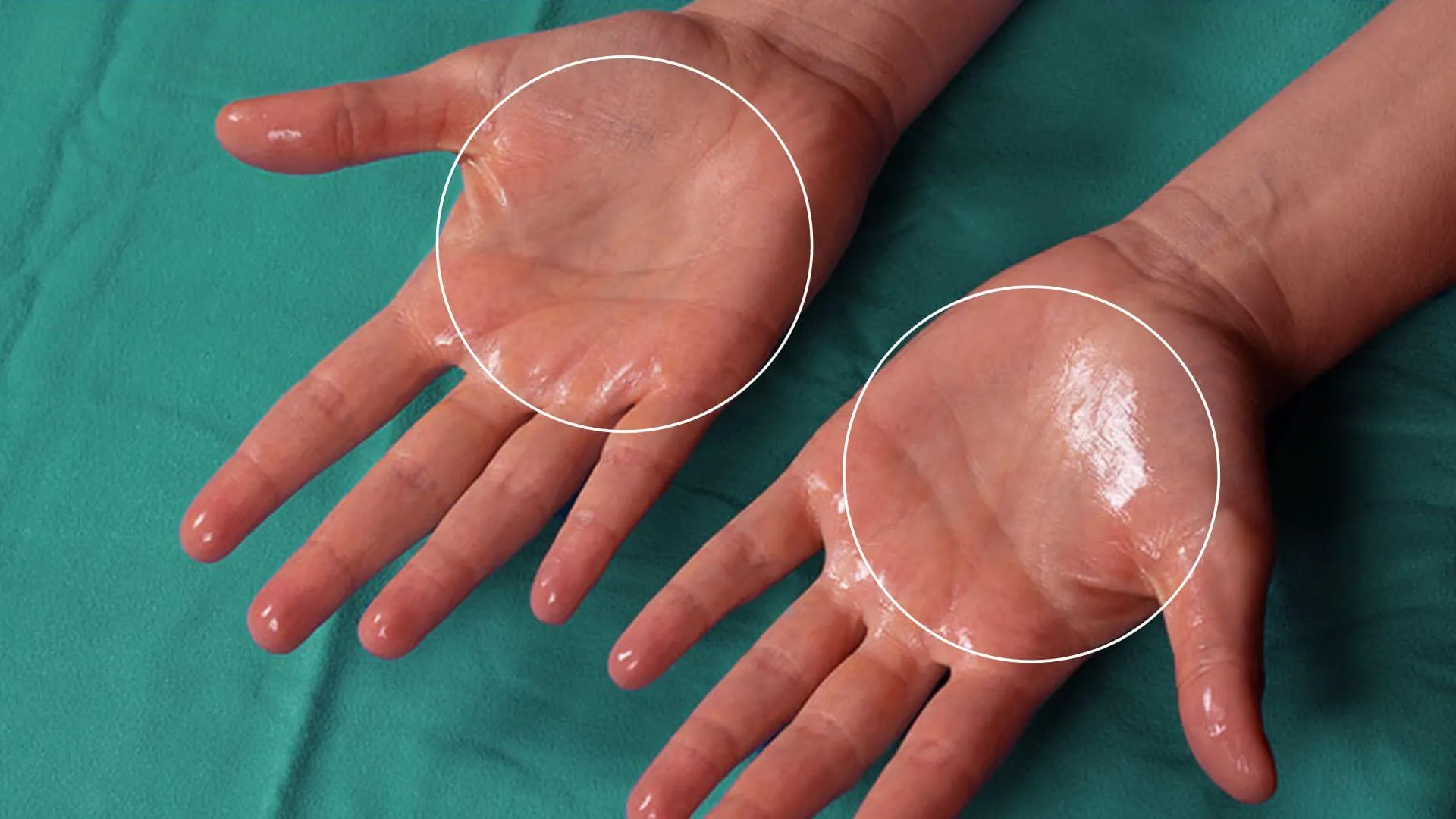Varicose Veins
Bulging leg veins caused by poor circulation and weakened valves.
Varicose veins are swollen, twisted veins that typically appear on the legs and can be blue, purple, or flesh-colored. They occur when vein valves become weak or damaged, allowing blood to flow backward and pool in the vein. Over time, this pressure causes the veins to enlarge and become visible beneath the skin. While often considered a cosmetic concern, varicose veins can also lead to physical discomfort, including aching, throbbing, or swelling in the legs. Several factors can increase the risk of developing varicose veins, including genetics, pregnancy, hormonal changes, prolonged standing or sitting, and aging.
